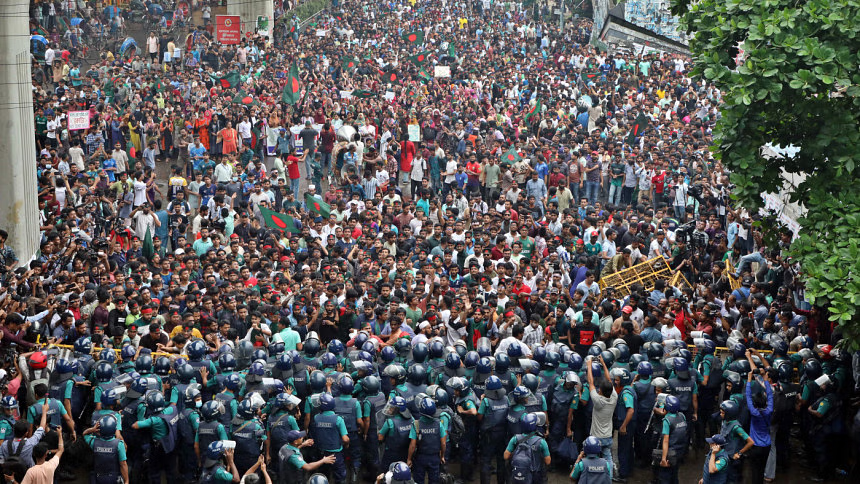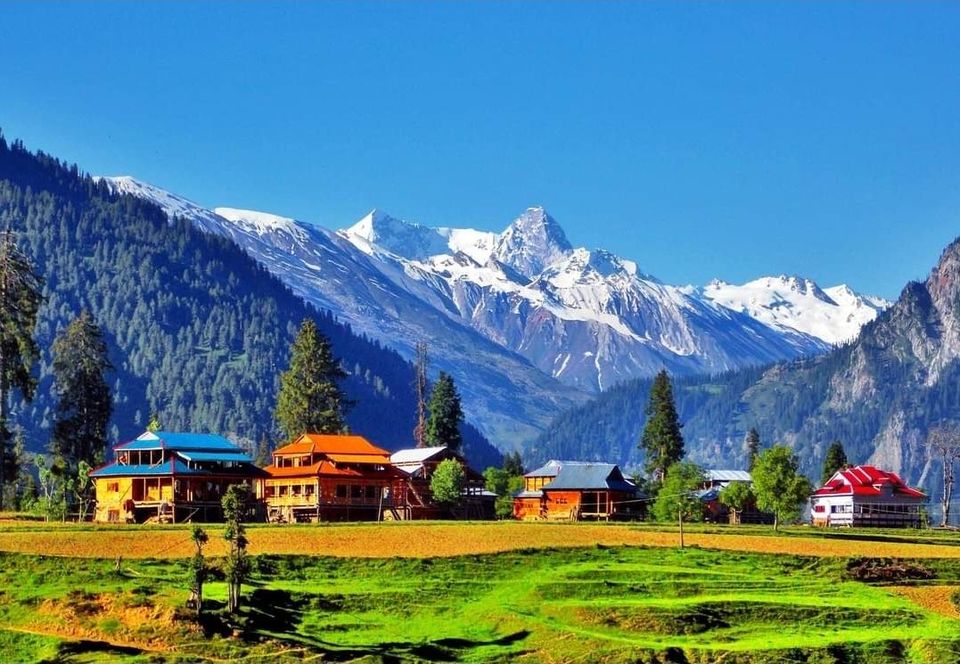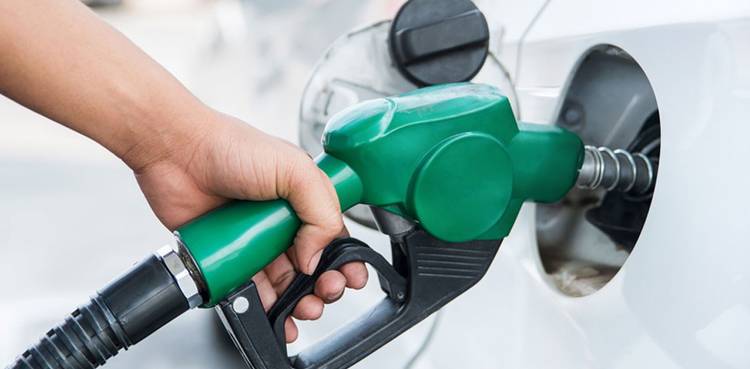By Muhammad Bilawal Kamran
Despite adopting the Convention of the elimination of All Forms of Discrimination against Women (CEDAW) by the UN General Assembly in 1979, violence against women and girls remains a pervasive problem worldwide.
To that end, the General Assembly issued resolution 48/104, laying the foundation for a world free of gender-based violence.
Another bold step in the right direction was embodied by an initiative launched in 2008, namely, the Unite to End Violence against Women. It aims to raise public awareness and increase policymaking and resources dedicated to ending violence against women and girls worldwide.
Yet, there is still a long way to go on a global scale. Only two out of three countries have outlawed domestic violence, while 37 countries worldwide still exempt rape perpetrators from prosecution if they are married to or eventually marry the victim, and 49 countries currently have no laws protecting women from domestic violence.
Women’s rights activists have observed 25 November as a day against gender-based violence since 1981. They selected this date to honour the Mirabal sisters, three political activists from the Dominican Republic who were brutally murdered in 1960 by order of the country’s ruler, Rafael Trujillo (1930-1961).
On 20 December 1993, the General Assembly adopted the Declaration on the Elimination of Violence against Women through resolution 48/104, paving the path towards eradicating violence against women and girls worldwide.
Finally, on 7 February 2000, the General Assembly adopted resolution 54/134, officially designating 25 November as the International Day for the Elimination of Violence Against Women and, in doing so, inviting governments, international organizations as well as NGOs to join together and organize activities designed to raise public awareness of the issue every year on that date.
Why we must eliminate violence against women?
Violence against women and girls (VAWG) is one of the world’s most widespread, persistent, and devastating human rights violations. Today, it remains unreported mainly due to the impunity, silence, stigma and shame surrounding it.
In general terms, it manifests itself in physical, sexual and psychological forms, encompassing:
- intimate partner violence (battering, psychological abuse, marital rape, femicide);
- Sexual violence and harassment (rape, forced sexual acts, unwanted sexual advances, child sexual abuse, forced marriage, street harassment, stalking, cyber-harassment);
- human trafficking (slavery, sexual exploitation);
- female genital mutilation; and
- Child marriage.
To further clarify, the Declaration on the Elimination of Violence Against Women issued by the UN General Assembly in 1993 defines violence against women as “any act of gender-based violence that results in or is likely to result in, physical, sexual or psychological harm or suffering to women, including threats of such acts, coercion or arbitrary deprivation of liberty, whether occurring in public or in private life.”
The adverse psychological, sexual and reproductive health consequences of VAWG affect women at all stages of their life. For example, early-set educational disadvantages not only represent the primary obstacle to universal schooling and the right to education for girls; down the line, they are also to blame for restricting access to higher education and even translate into limited opportunities for women in the labour market.
While gender-based violence can happen to anyone, anywhere, some women and girls are particularly vulnerable – for instance, young girls and older women, women who identify as lesbian, bisexual, transgender or intersex, migrants and refugees, indigenous women and ethnic minorities, or women and girls living with HIV and disabilities, and those living through humanitarian crises.
Violence against women continues to be an obstacle to achieving equality, development, and peace and fulfilling women’s and girls’ human rights. All in all, the promise of the Sustainable Development Goals (SDGs) – to leave no one behind – cannot be fulfilled without putting an end to violence against women and girls.
A staggering 32 per cent of women have experienced physical violence in Pakistan, and 40 per cent of ever-married women have suffered from spousal abuse at some point in their life (The Pakistan Demographic and Health Survey 2012-2013). However, these statistics do not accurately represent the full extent of cases. One in two Pakistani women who have experienced violence never sought help or told anyone about the violence they had experienced.
While the Government of Pakistan has passed various laws to prevent violence and support those affected, the conviction rate for violence against women is only 1-2.5 per cent. Resources and services for women survivors of gender-based violence (GBV) remain scarce. Health services personnel are inadequately equipped, referral systems are limited, and insufficient training on GBV combined with low investment in human capital enhances the vulnerability of women. These gaps exist in a structurally and culturally patriarchal society, where social norms promote gender-based abuses, disclosure of violence is discouraged, and women are often blamed for their abuse. The need to change minds and behaviours is immense.
More often or not, violence against women in Pakistan is a social behaviour. Our society sees women from the prism of bias. The community still regard women as inferior to men. This perception and behaviour require an immediate shift to the morals of religion and social standardization. Women’s empowerment is essential to decrease the violence against women. Violence against women is unacceptable. There are laws legislated, but the implementation of the statutes requires strict conviction. The state institutions should lead the implementation process and exercise all administrative power to implement the great cause of women’s protection.
Why do men not respect the women of others? It is the most pertinent question. Men appreciate their women but not the women of others. They respect their mothers, sisters, daughters and even wives, but they do not respect the women of society. It is the area of concern; it shows that they appreciate the relations, not the women. Women must have respect as humans. Our community must inculcate this perception of care and respect among the men that women have the sublimity of being humans. It is their social and human prerogative to have respect as humans.
Last but not least, all men are born from mothers, and it is the moral obligation of the mother to make their sons understand; Always respect women.
The writer is an MBBS doctor.


















































4 thoughts on “Resolutions for the International Day for the Elimination of Violence against Women”
It’s very well written article taking into the account major issue like domestic voilence and gender bias that is prevalent in the society. Writer provided all the facts and data needed to be elaborate the discussion.
Beautiful blog
Such beautiful writing this is. I appreciate your talent..
A very informative article